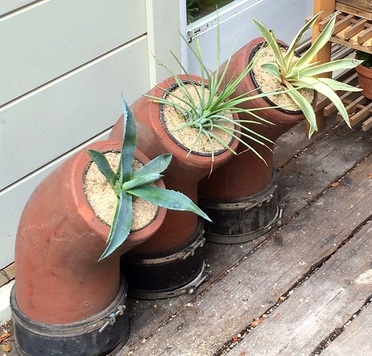
Anyhow, among the random items in the salvage yard were these chimney parts (flues?) for $5 each. They're about two feet high, quite heavy, and... I had a vision! Actually, I had a couple of them. One involved removing the black rubber and metal things that are strapped onto the bottom of the clay cylinders, then planting the cylinders into the ground at various heights and angles. I still think this would look cool.
But I decided to go with the incarnation you see here. Since the chimney things are hollow, I was going to put them somewhere, fill them with dirt, and plant agaves in them. Then my partner pointed out that this would be (1) a waste of dirt that (2) would make them hard to move from one place to another, should I so desire. She asked me to try putting plastic pots in them instead. After some trial and error, I was able to find a pot that fit into each one.
I took each pot out of its flue, planted an agave in each, then covered the top with wet sand (in order to have some top dressing that wouldn't fall off when they were planted at an angle). Then I pushed the pots into their respective, perfectly-fitting flues. From left to right: agave americana, agave stricta, and agave "Joe Hoak."
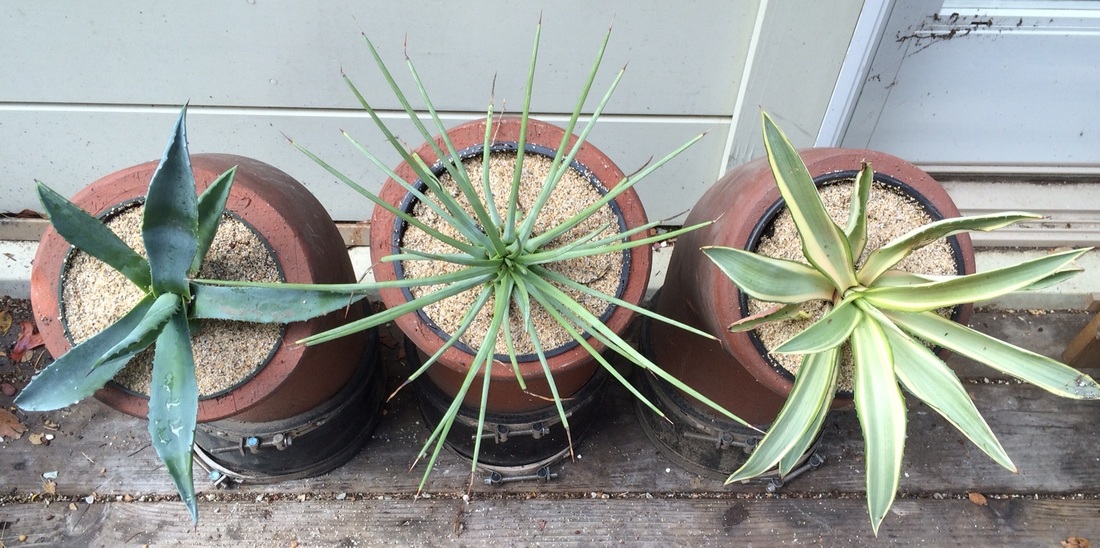
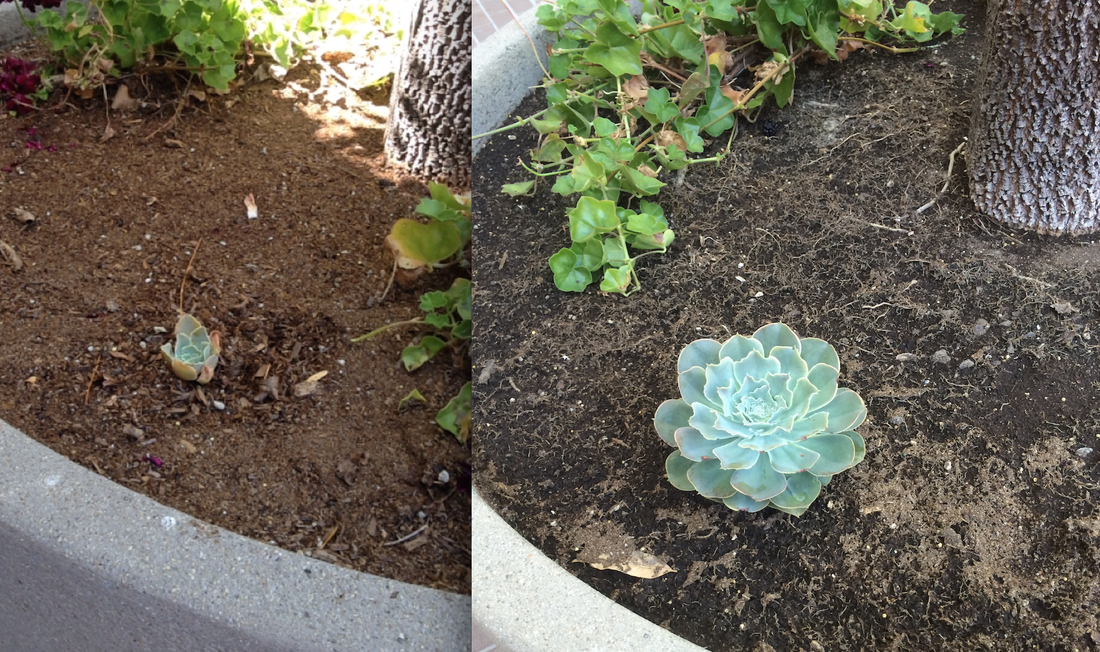

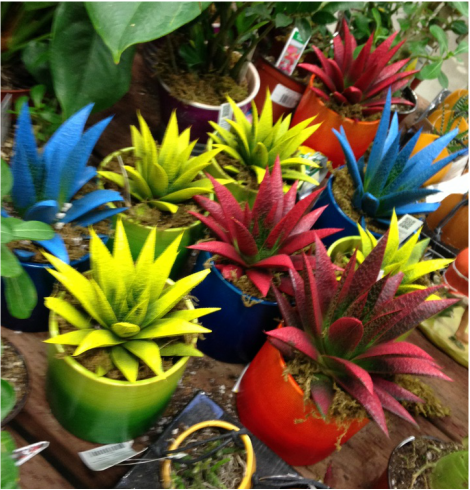
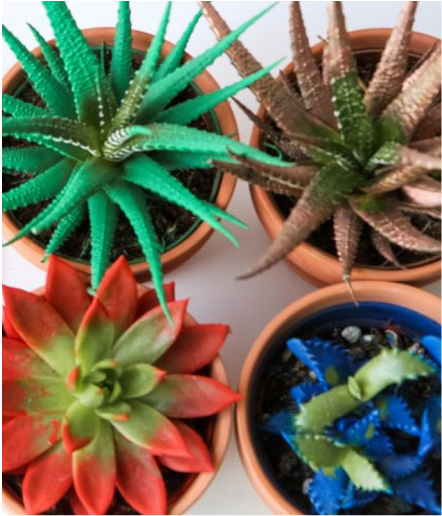

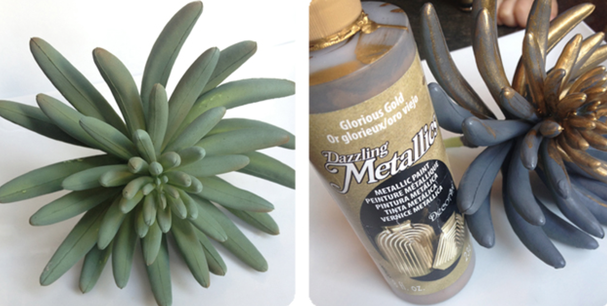
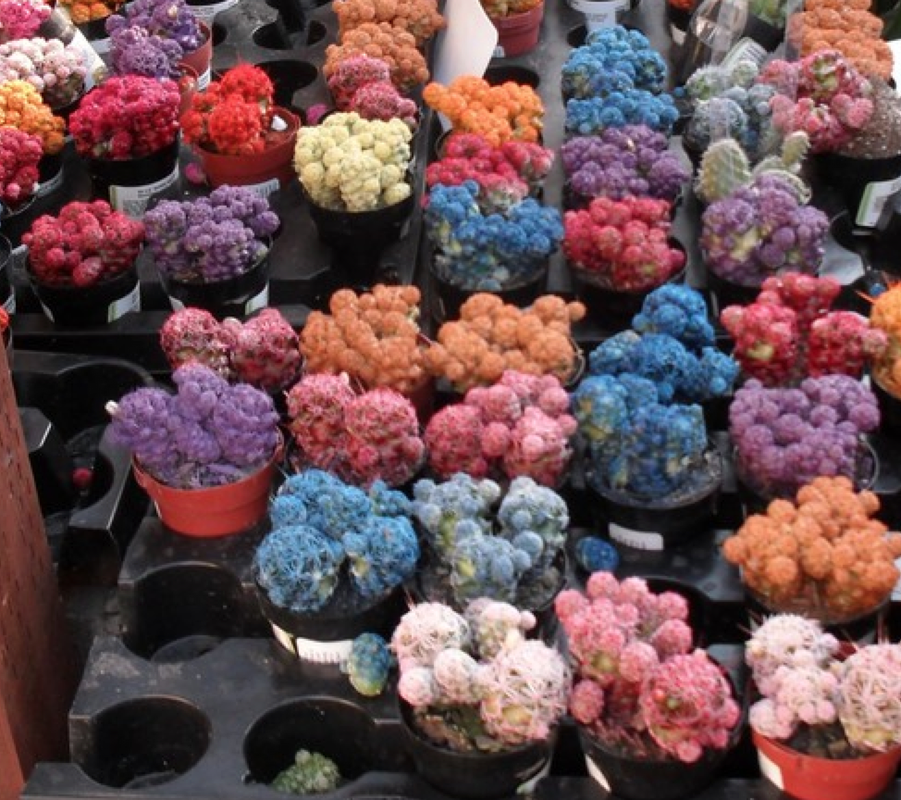
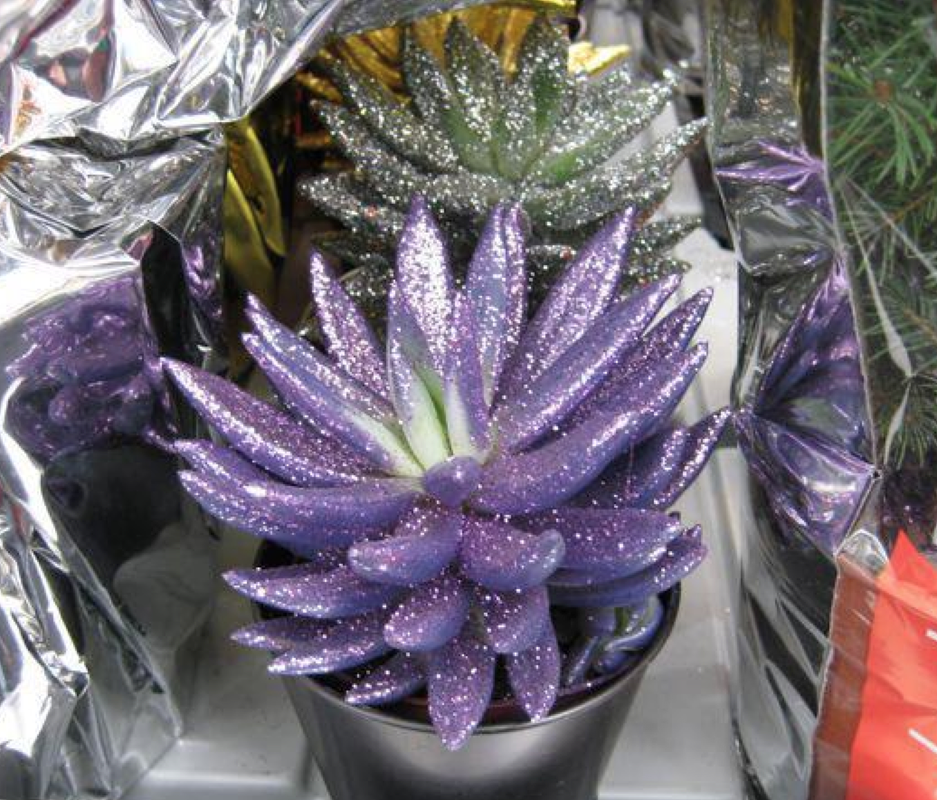
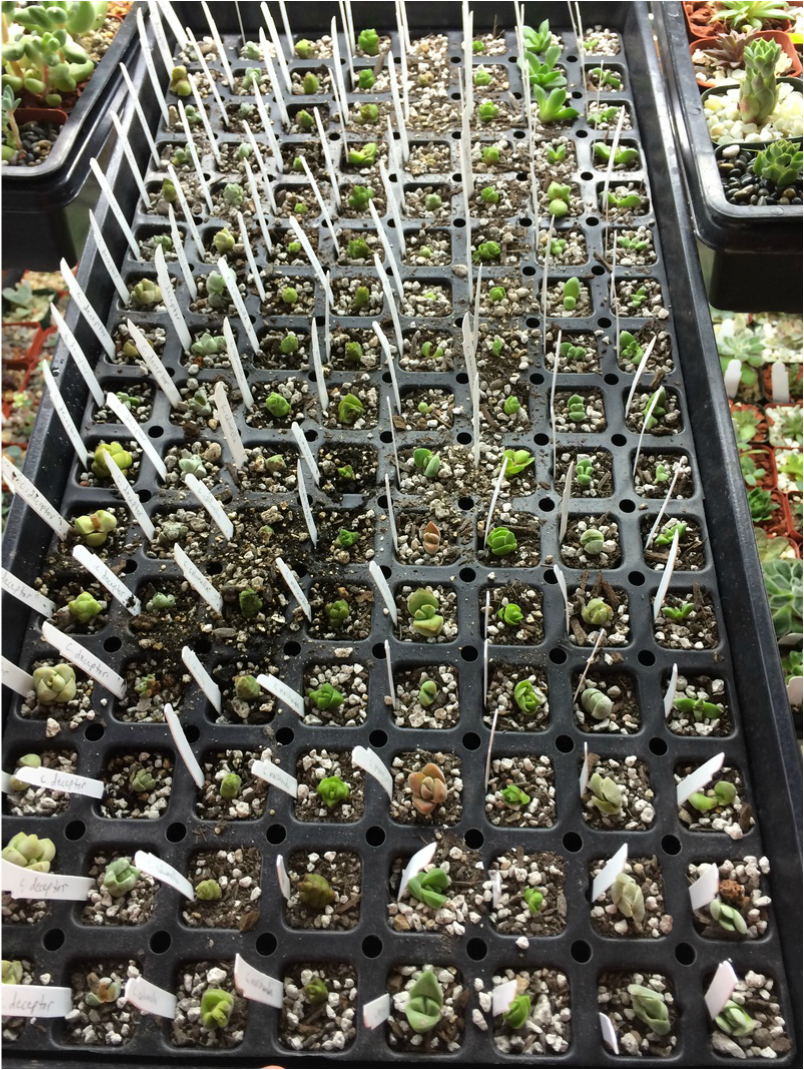
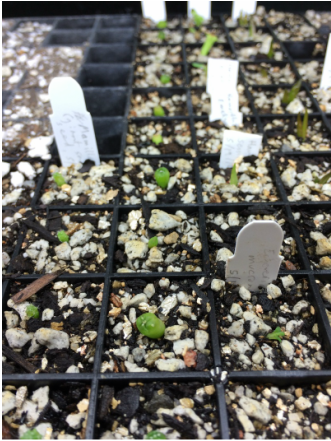
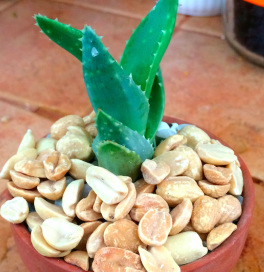
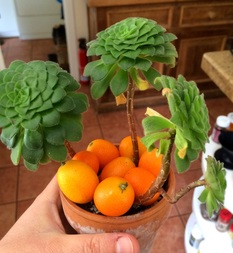
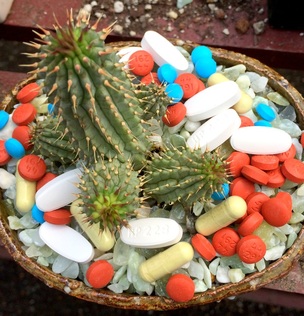

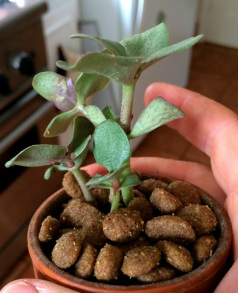
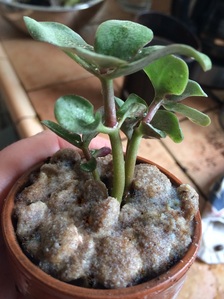


 RSS Feed
RSS Feed